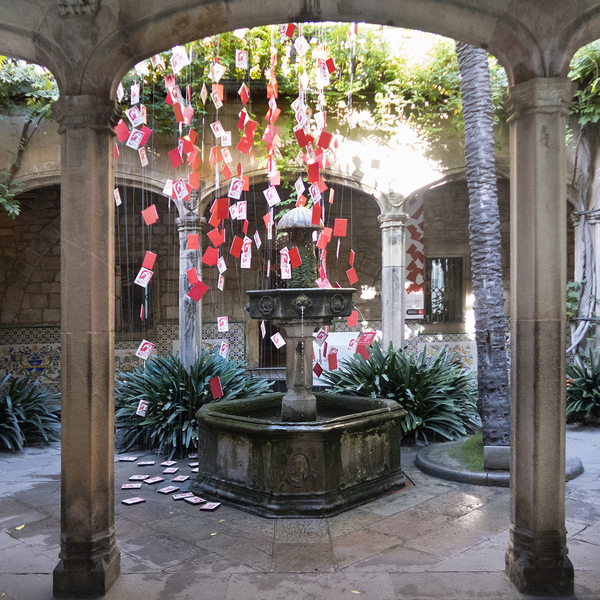
Quan plovien octavetes. Clandestinitat, premsa i propaganda antifranquista. Barcelona
Hundreds of clandestine newspapers, magazines, bulletins and leaflets were published despite the repression of Franco’s dictatorship. The Historical Archive of Barcelona has preserves a significant part of these illegal publications. The exhibition “Quan plovien octavetes. Clandestinitat, premsa i propaganda antifranquista” showcases part of this... >>
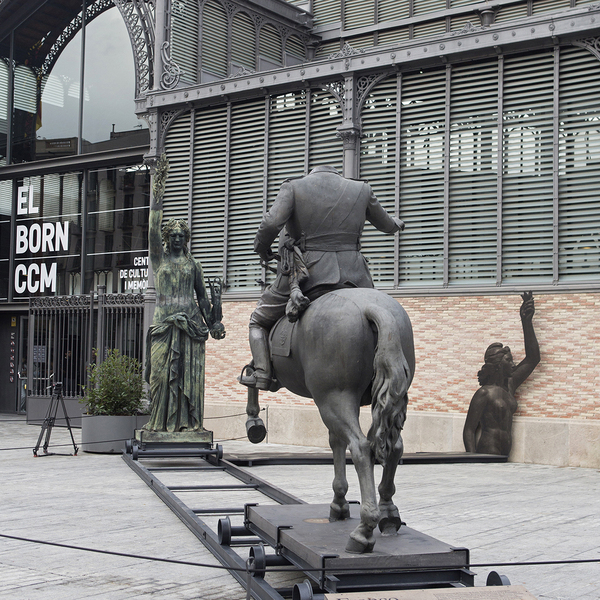
Franco, Victòria, República, impunity and urban space. Born, Barcelona
Monuments commemorate historical events, their pedestals, columns, obelisks and triumphal arches mark the permanence of power through the appropriation of collective space. The typology of the nineteenth-century monument remained virtually unchanged until the irruption of the avant-garde movement paved the way for contemporary art to transcend the... >>
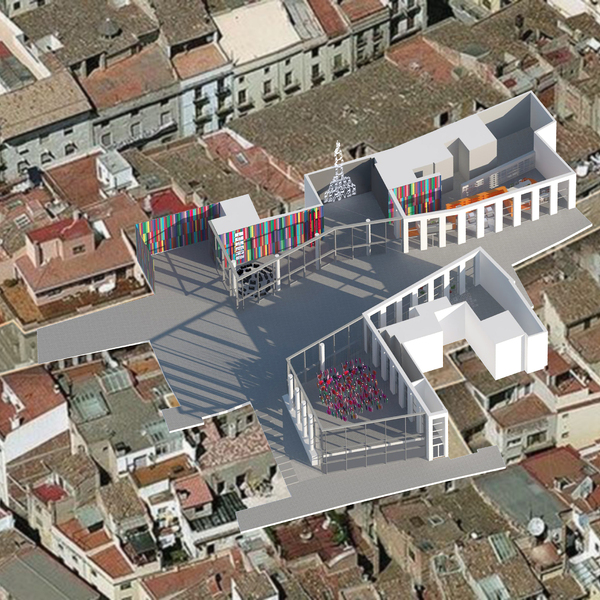
Competition for the permanent exhibition "Museu Casteller de Catalunya". Valls, Tarragona
The project aims to make use of the museums capacity to revitalize part of the old city by visually reinforcing the connection between the two emblematic squares in the old town. The project proposes a strong intervention on the ground floor and uses an important part of its resources to consolidate and enrich the connection between the museum and... >>
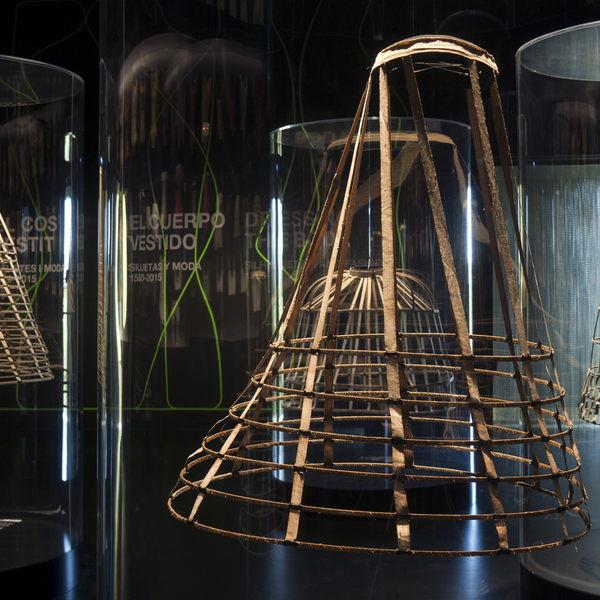
Dressing the Body, DHUB, Barcelona
“Dressing the Body” reflects on the manipulation of the human body throughout the history of fashion and illustrates the standardizing of silhouette and body shape from the sixteenth to the twenty-first century. The exhibition is organized in a chronological fashion and occupies the entire 3rd floor of the museum, some 655 m2. A large collection... >>
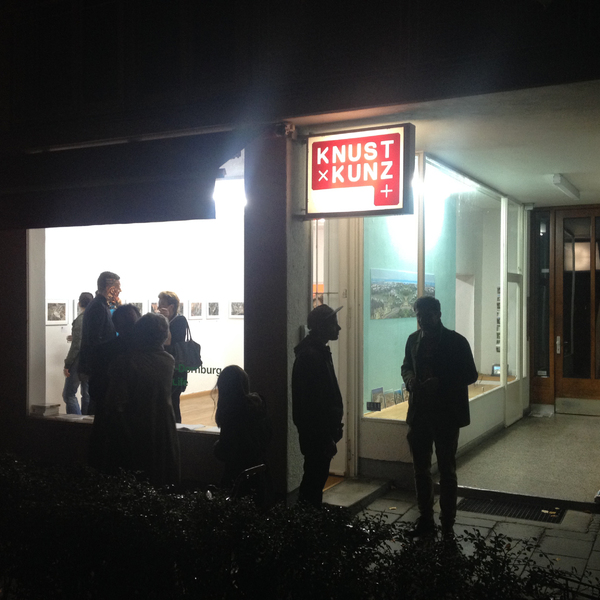
“Panoramic life”, München
This collection of satellite photographs shows how notoriously disconnected the layout of recent speculative building developments is from its natural environment. "Welcome to the life you were waiting for" reads a real estate advertisement from the Costa del Sol. What kind of place will let you lead the life you are waiting for? What kind of... >>
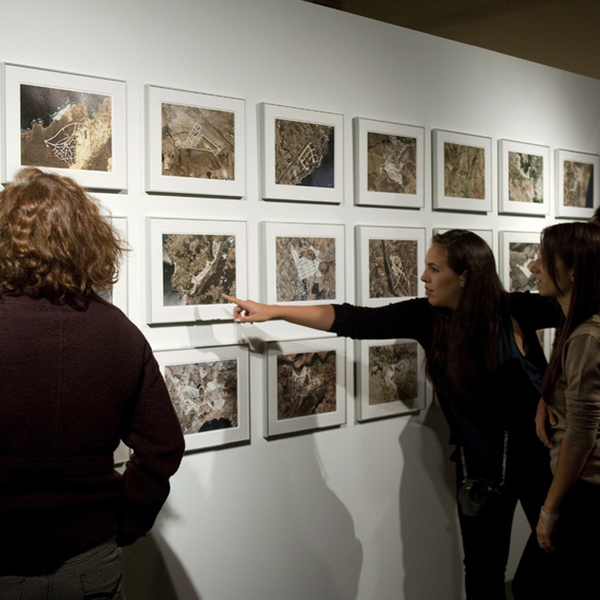
Ruïnes Modernes, FAD. Convent dels Àngels, Barcelona
The exhibition ”Ruïnes modernes, una topografia de lucre” as reflected in the homonymous book, published by Ambit , grows out of a body of ongoing research that started in 2010 with the exploration of leisure worlds, ghost towns and landscapes of profit. The collection of ruins is but a personal selection of the sixty building developments that... >>
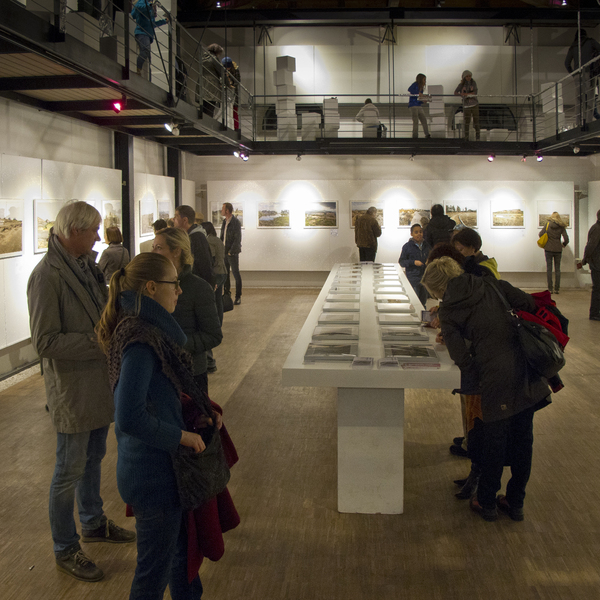
Moderne Ruinen, Leerstandskonferenz. Architekturhaus Kärten, Klagenfurt
The exhibition "Modern Ruins, a Topography of Profit" was the prelude to a series of lectures on the subject, organised by the Architektur Haus Kärnten in the Napoleonstad, Klagenfurt. The exhibition, consisting of photos, satellite images, plans and videos, was opened on October 5th, 2013 as part of the "ORF - Long Night of Museums". During the... >>
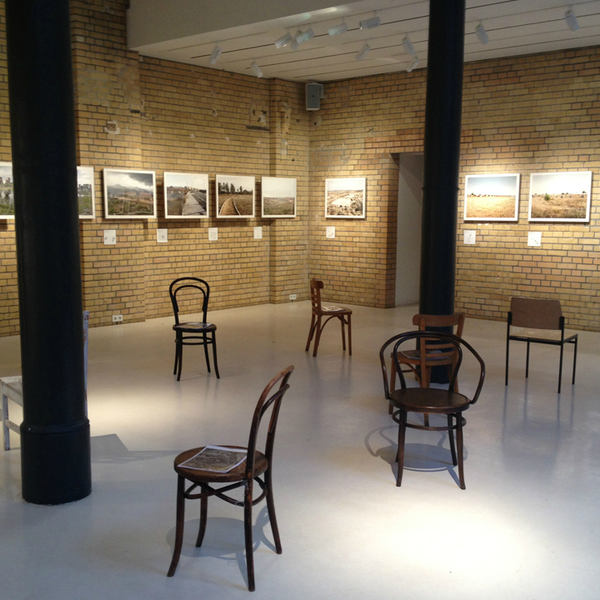
Modern Ruins Berlin
A Topography of Profit. Aedes, BerlinThe exhibition “Modern Ruins, A Topography of Profit”, grows out of a body of on-going research that started in 2010 with the exploration of leisure worlds, ghost towns and landscapes of profit. The recent massive implementation of leisure enclaves, tourist complexes and residences of all kinds has transformed vast regions of the coast and has... >>
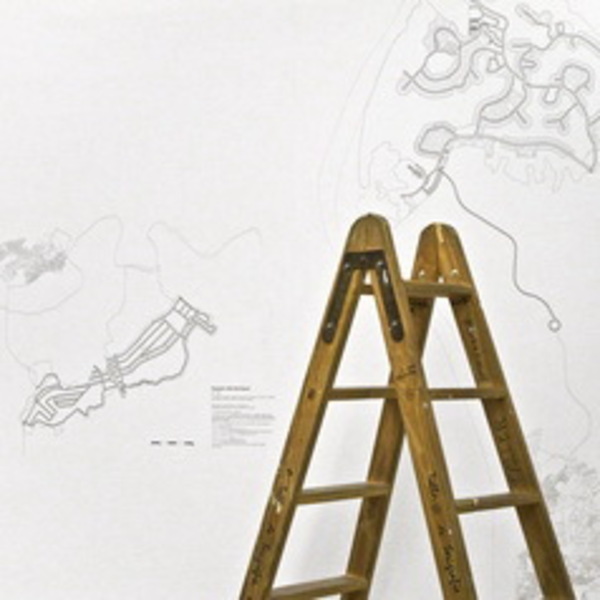
Ruinas Modernas-Spain mon amour. Ico Museum, Madrid
The centrepiece of the work is the photographic inventory of speculative construction abandoned in Spain, a compilation of Iberian landscapes occupied by unfinished and abandoned residential resorts. Approximately half of the over sixty abandoned developments discovered during a 10,000 kilometer journey are on show. The exhibits combine... >>
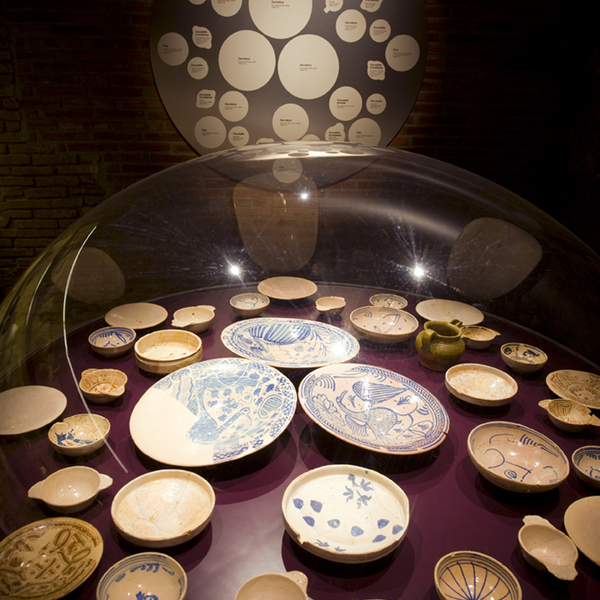
Ethnological Museum Montseny, La Gabella. Arbúcies
A series of architectural measures (new staircase, dismantling of an attic, opening up of various spaces) are planned to achieve a suitable framework for the new permanent collection of the ethnological Museum. This refurbishment will greatly improve the museum itineraries and structure the exhibition content and meaning in a clear and attractive... >>
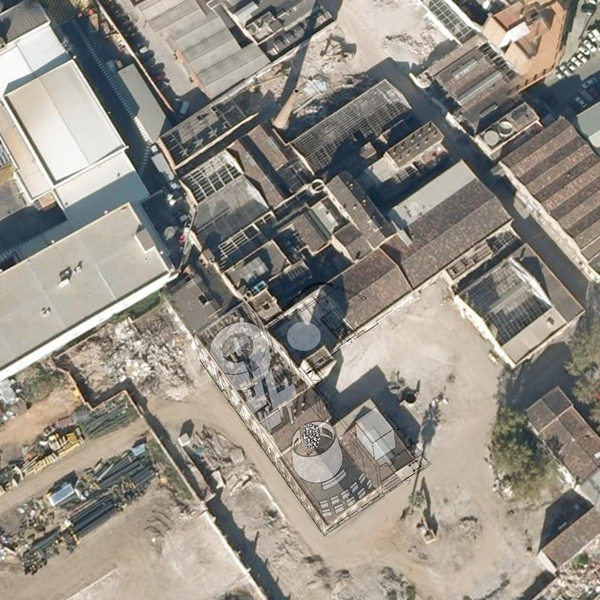
Casa de les Llengües. Can Ricart, Barcelona
The setting is an old disused factory, an important industrial heritage of urban scale. The dimension and grammar of the exhibition is directly related to this historic landmark. The exhibition maintains the original factory space without visual interruptions; size and volume of the intervention respects the chronicle of the place.The design... >>
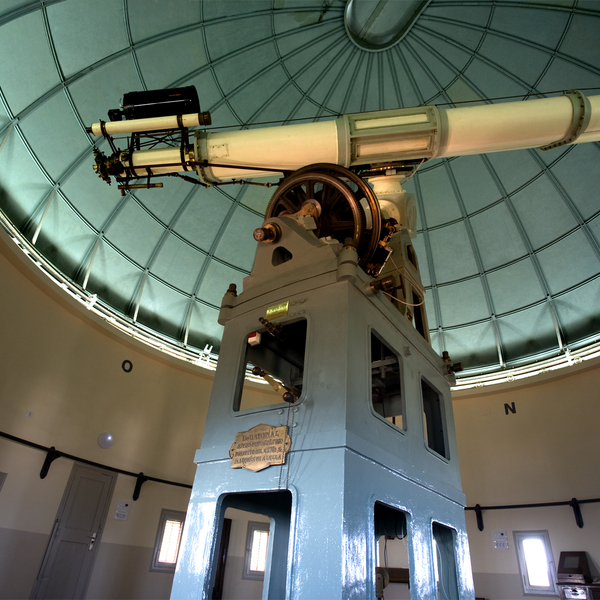
Fabra Observatory. Barcelona
The Fabra Observatory, at 413 meters of altitude, presides since 1904 a privileged place in the Tibidabo mountain. The building offers a widespread view of Barcelona and is sufficiently close to the sky as to compile the corresponding meteorological, seismic and astronomic information. The design project encompasses the creation of an exterior... >>
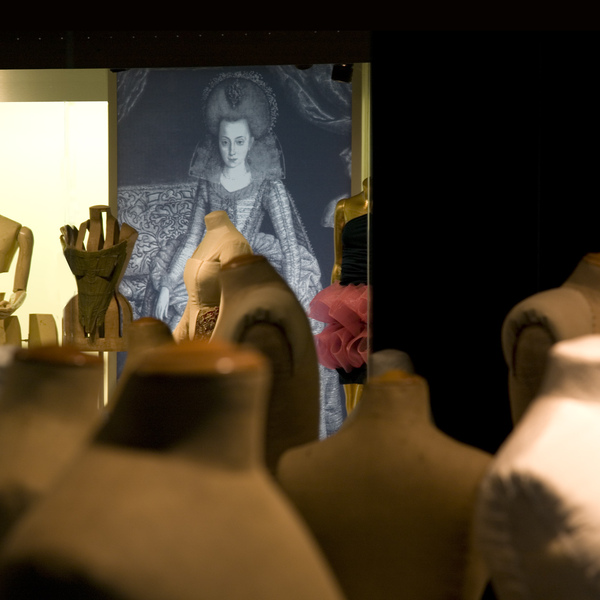
El Cos Vestit. Museu de les Arts Decoratives,
Palau de Pedralbes, BarcelonaA mayor part of the Textile Museum collection has been modernized and relocated in the Pedralbes Palace, using contemporary exhibition techniques. The presentation of the collection exemplifies one of the possible ways to integrate great heritage funds using modern exhibition methods to fuse historical testimony with critical present-day... >>
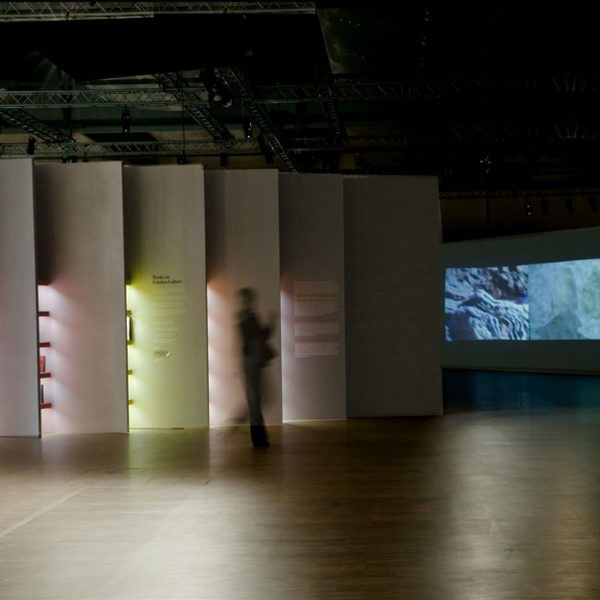
"Cultura Catalana Singular i Universal”.
Book Fair, FrankfurtThe guest of honour exhibition “Catalan Culture, Singular and Universal” at the book fair in Frankfurt is divided in two, clearly distinguishable parts. A large curved double sided partition separates the proper exhibition area from the surrounding open space dedicated to different related activities.
The central space, with controlled lighting... >>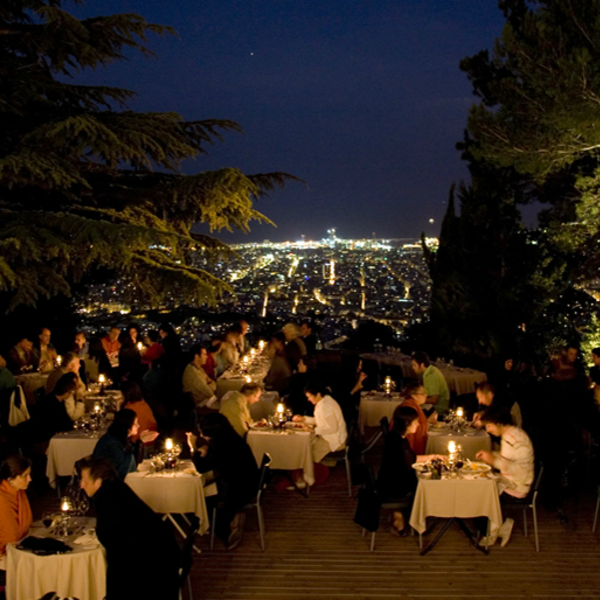
Dining with stars. Fabra Observatory,
BarcelonaThe Fabra Observatory, at 413 meters of altitude, presides since 1904 a privileged place in the Tibidabo mountain. The building offers a widespread view of Barcelona and is sufficiently close to the sky as to compile the corresponding meteorological, seismic and astronomic information. During the summer months, the observatory offers "dinner with... >>
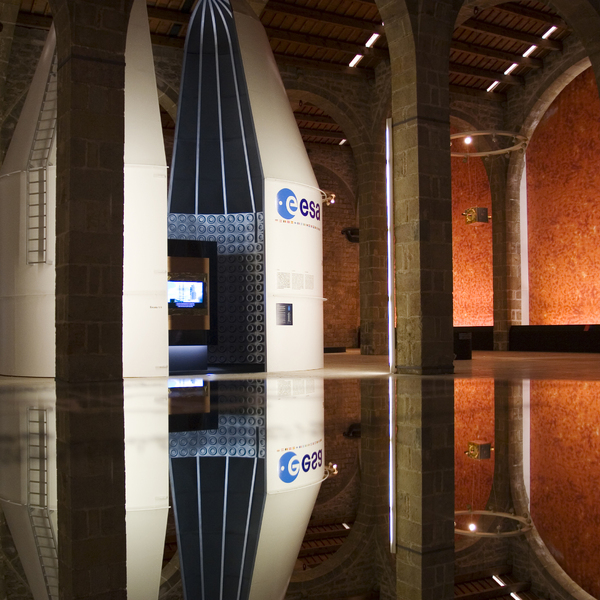
Navegants del Segle XXI. Museu Marítim, Barcelona
The European Space Agency ESA in French Guinea is the subject of the exhibition "Seafarers of the 21st century" held in the Maritime Museum of Barcelona. The former medieval shipyard is an appropriate setting for the high-tech space ships on show which include a space rocket (scale 1/20), a space capsule (a real scale) and the Jupiter-room... >>
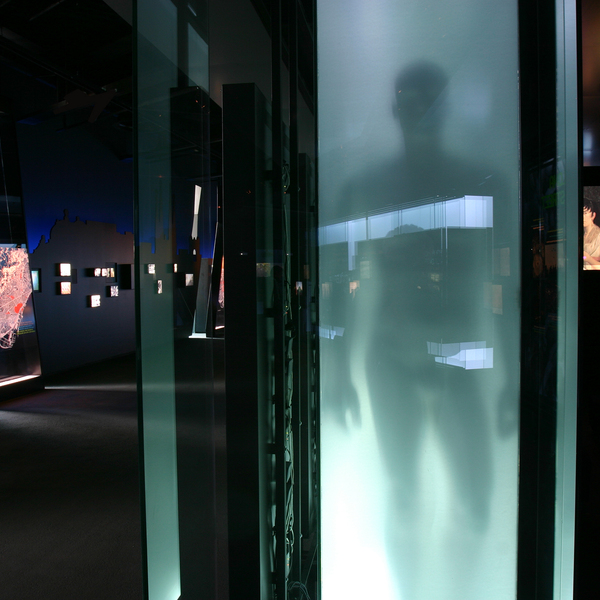
Sensacions. Edifici Fòrum, Barcelona
One of the principal criteria for creating an exhibition within the Forum building was to respect the special character of the building and work within the “black box” as independently as possible, avoiding links and connections between the pre-existing structure and the new exhibition spaces as much as possible.
The exhibition “Sensations” is... >>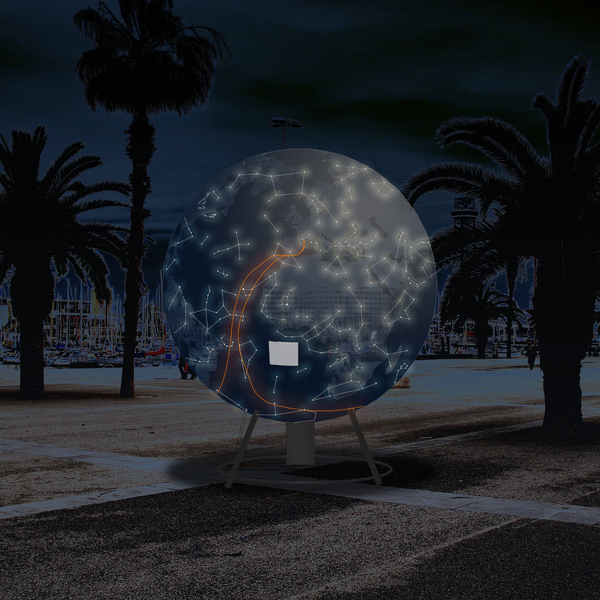
Competition proposal Globo Celáqueo. Barcelona World Race, Barcelona
The icon and trophy for the “Barcelona World Race” is a "celaquéo" globe (term composed of “Celestin” –stars and “Aqua”- water on the globe’s surface) , an object that delineates and represents most data and information indispensable for the navigation around the world . This large three-dimensional map acts as symbol and physical... >>
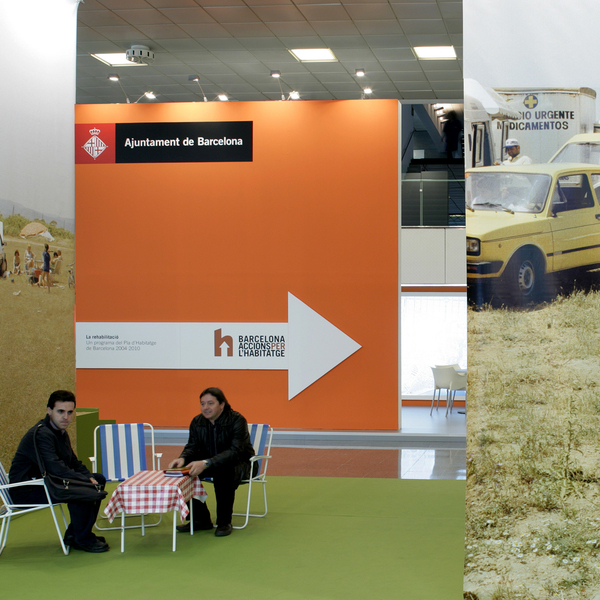
Stand COAC. Construmat, Barcelona
The COAC’s brief for the design of their stand at the Construction fair “Construmat” was to exhibit the outcome of a competition for a tent, organized by the client. We wanted to introduce an idyllic setting of camping tents into the bustling fair routine whilst maintaining a contextual link to the urban environment, important reference for the... >>
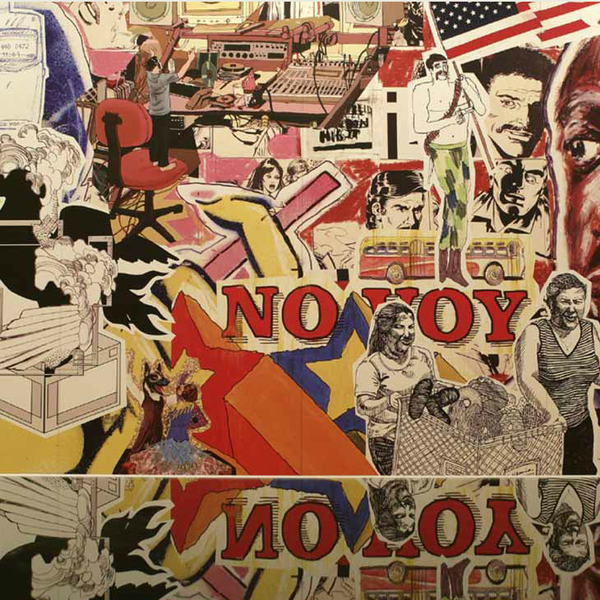
Place, the world in a suitcase.
CCCB, Barcelona.Vasava Artworks and the Centre de Cultura Contemporània de Barcelona present Place, the world in a suitcase, a research project that deals with the relations between the environment and the creative process, in which thirty-five designers give form to the world around them. The Barcelona graphic arts studio Vasava Artworks put into circulation two... >>
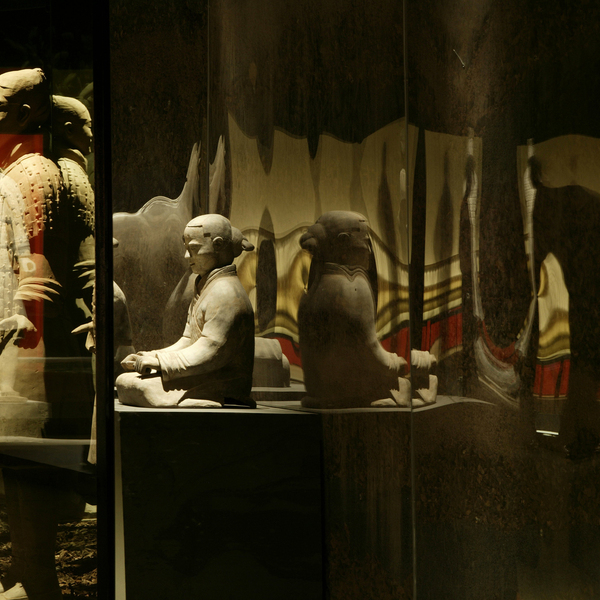
Guerrers de Xi'an.
Fòrum Universal de les Cultures, BarcelonaThe excavation site and the archaeological process of carefully recovering the hidden treasures were the main source of inspiration for the design of the Xian warriors’ exhibition.The exposition is arranged in two separate but interconnected spaces: the introduction area -the audiovisual room with a capacity for 250 people-, and the actual... >>

Les Presons de Franco. Museu d'Història de Catalunya, Barcelona
The exhibition design of FRANCO’S PRISONS tries to give body and voice to the fate of many destroyed lives, victim of their ideals and convictions. Without official recognition these experiences can not become part of the collective conscience that, in -the best of cases- will safeguard us from an historic repetition. A plain all-encompassing... >>
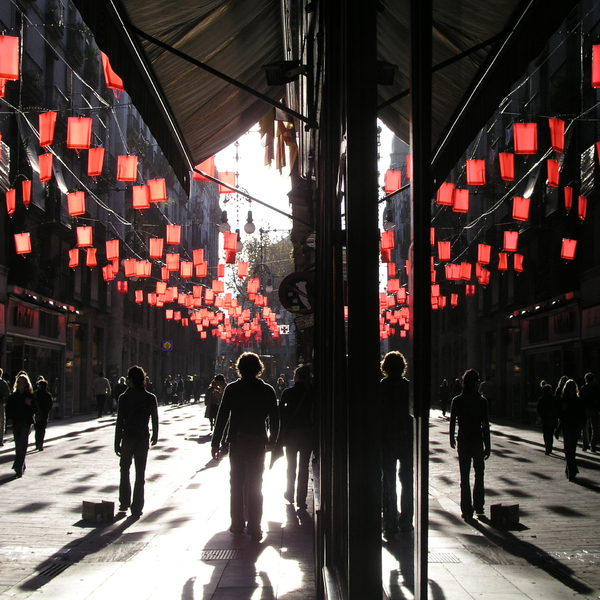
La Bossassona. Barcelona
The bossassona added movement and sound as additional elements to the existing Christmas decoration iconography of colour and light. The installation was designed to fulfil its decorative purpose as much in the dark as in plain daylight during the busy shopping hours. The bossassona is a non-static multiple unit that combines typical Christmas... >>
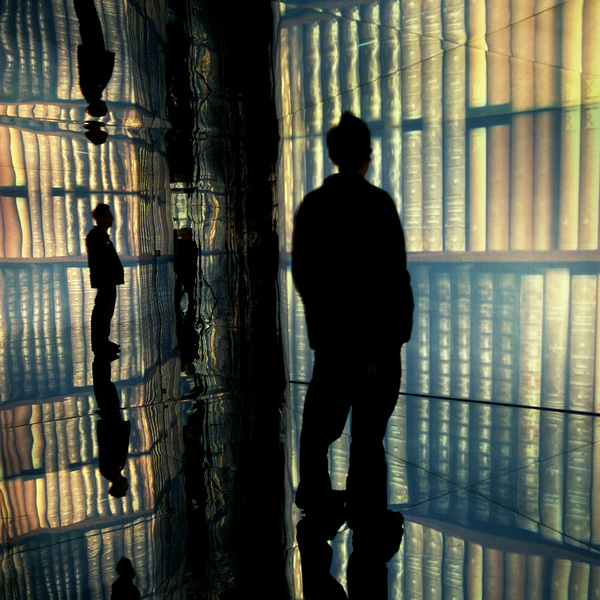
Cosmópolis, Borges y Buenos Aires. CCCB, Barcelona
“Cosmópolis, Borges and Buenos Aires” analysed the relationship between Jorge Luis Borges and Buenos Aires, his natal city. Seven chapters (Mythical Foundation, Fervour of Buenos Aires, The Metaphysical South, The Transformed City, The Infinite Library, The Canonized Heresiarch and Cosmópolis) led the visitor from Borges’ re-foundation of Buenos... >>
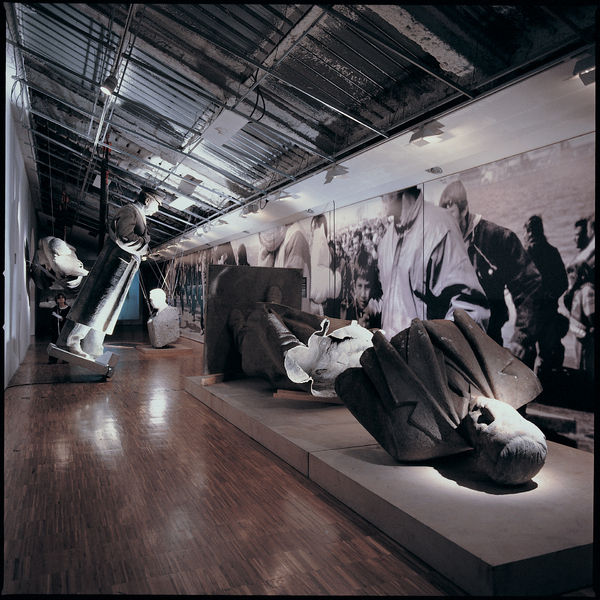
Tiran(i)a. CCCB, Barcelona
The experience of tyranny, in this case suffered by the Albanian people under Enver Hoxha´s dictatorship between 1944 and 1990, is the subject matter of the exhibition Tiran(i)a.
The exhibition design’s elementary language, basic materials and austere aesthetic with simple constructive solutions reflected the severe and bitter story of Tirana’s... >>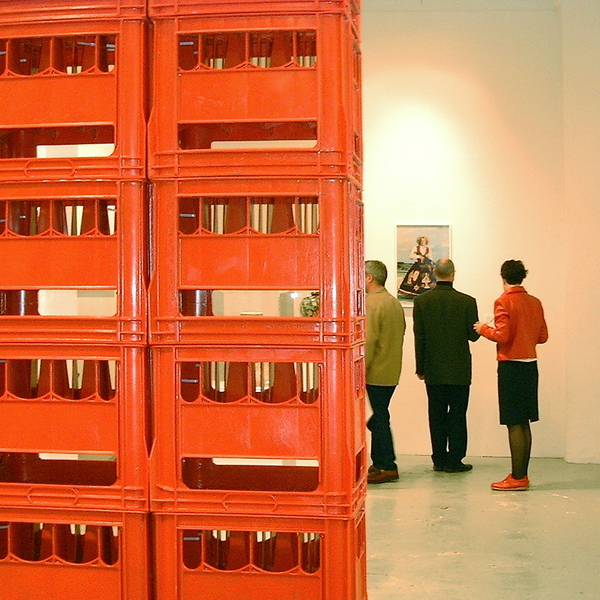
La otra Britania. Tecla Sala, L'Hospitalet
The show presented the work of six artists born in Great Britain –David Batchelor, Michael Landy, Chad Mc Cail, Grayson Perry Bob and Roberta Smith and Marc Quim– who, inspired by Pop Art, work with materials and icons from the popular culture of our the post-industrial society.
>>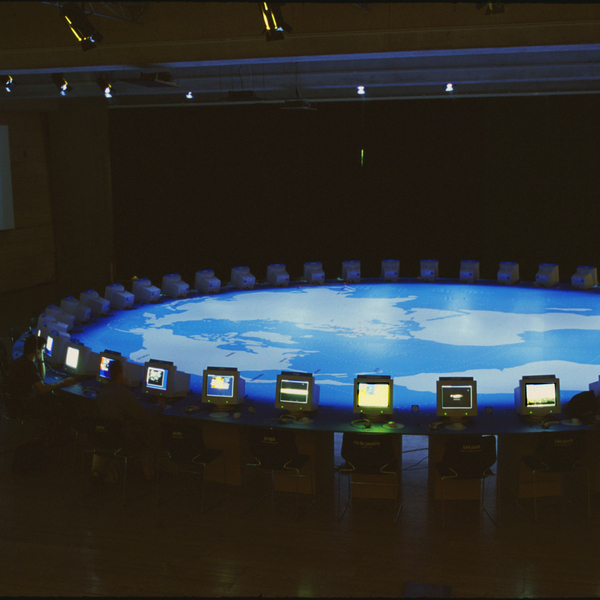
www.mycity.com. CCCB, Barcelona
A large table measuring eleven metres in diameter supports 46 computers, each equipped with an electronic guide of a specific city. 50 contributions by authors resident in the participating cities are linked in WWW.MYCITY.COM, a project entirely created on the web. The multitude of spaces represented on screen is reflected in the dimension of the... >>

Tresors de la Natura. Museu de Zoologia, Barcelona
The building, designed by Doménech i Montaner, opened its doors in 1888 as a café-restaurant for Barcelona’s universal exhibition. The restaurant was housed in a large hall that opened up directly on to the surrounding park. With the passage of time and change of use, the windows on the ground floor were bared and finally blocked up, so that the... >>
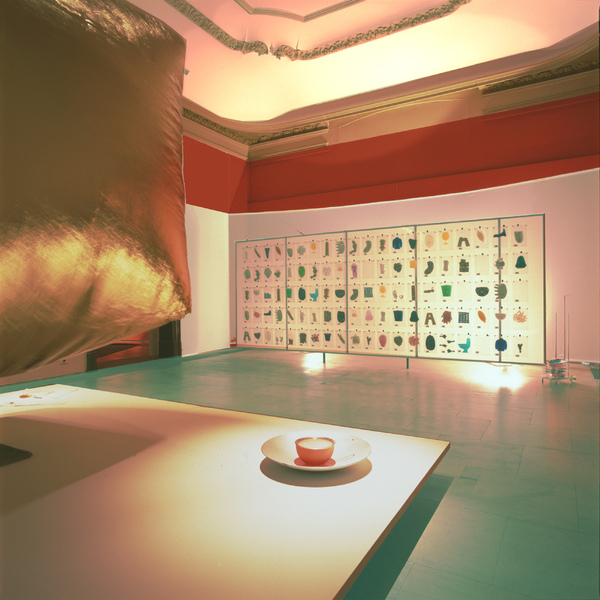
Futur Compost. Palau de la Virreina, Barcelona
FUTUR COMPOST (COMPOUND FUTURE) showed the past and present of Catalan industrial design through a collection of objects which, in the words of the curator, represented "the eclecticism of everyday life". Despite the chronological division of the exhibition into past, present and future, the objects selected required a less linear treatment. The... >>
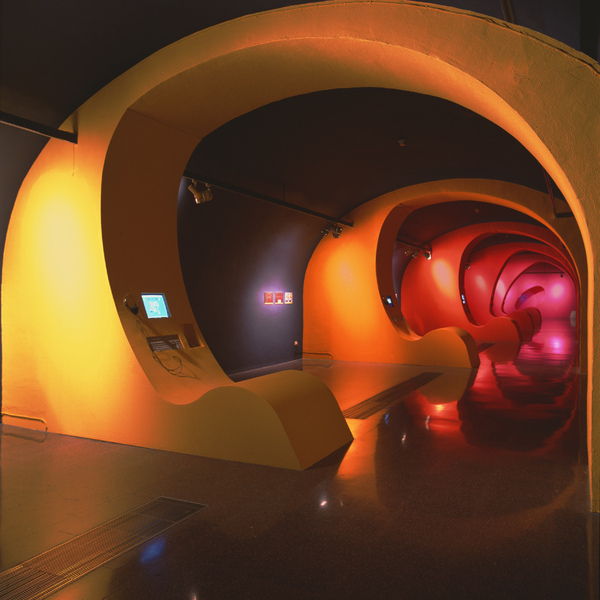
Salón Digital. CCCB, Barcelona
SALÓN DIGITAL (digital showroom) was a touring exhibition showing 130 computer-generated art works in two or three dimensions (photos, drawings, sculptures and installations), projected works (shorts and animations) and a selection of virtual works on the Internet. The great variety of works and techniques was one of the exhibition's strengths,... >>
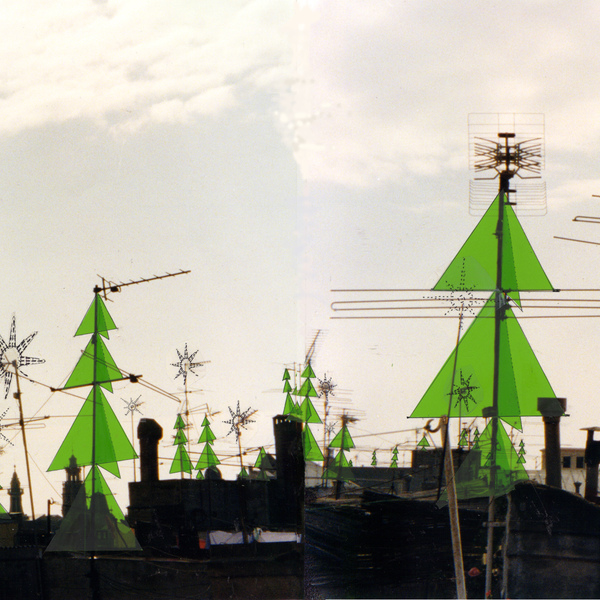
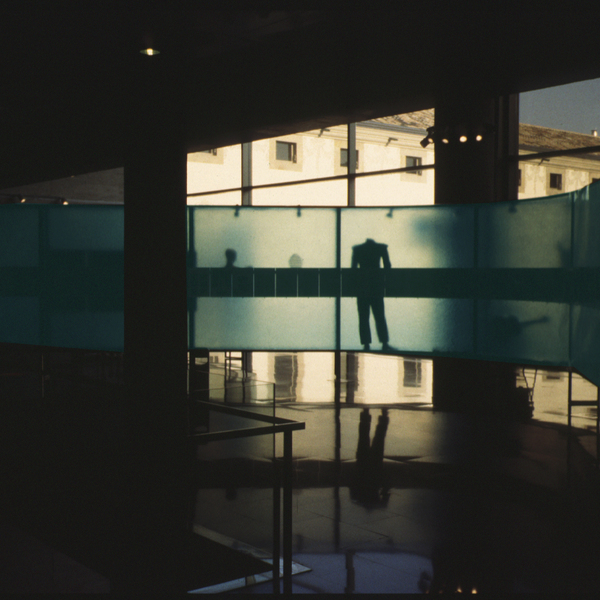
Viatge a la Lluna. CCCB, Barcelona
The exhibition displayed objects and the story board for the film VIAJE A LA LUNA, produced by Frederic Amat with a film script written by Frederic
>>
Llorca.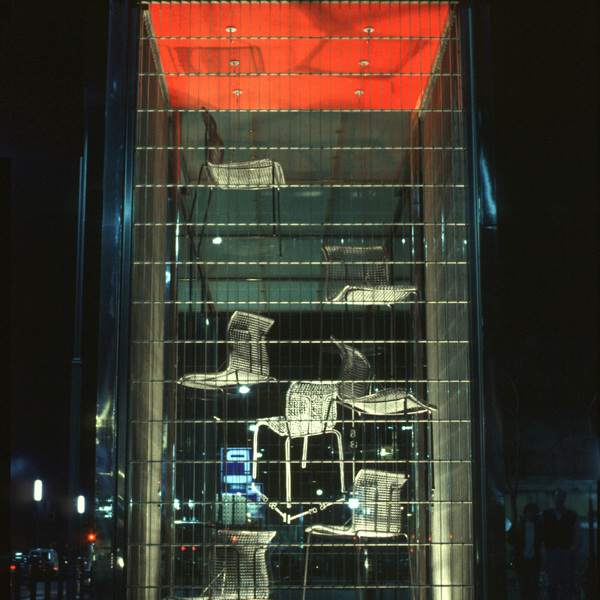
Caja de vidrio. Plaça del Born, Barcelona
Two glass structures, used as entrance and ventilation shaft for an underground parking, were converted into a display case by adding a coloured panel and using the existing emergency lights. A “ready-made” exhibition space in a highly frequented public space.
>>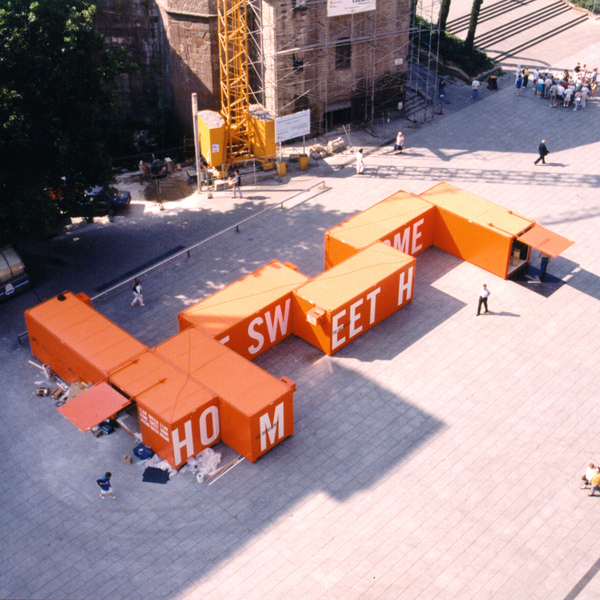
Home sweet home. UIA 1996, Barcelona
HOME SWEET HOME is a reflection on the lives and private sphere of those who dwell in big cities, a modest case study on Man's space in the metropolis. It focuses on the microcosm within the macrocosm, understanding the first one as a private, intimate space in which city-dwellers spend much of their lives. The “home” as concept and object has to... >>
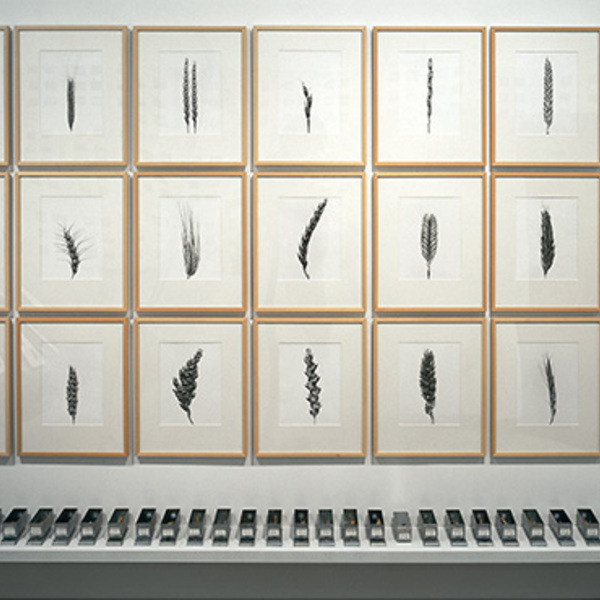
Ewiger Weizen. Brot Museum, Ulm
In a single century, wheat culture was reduced from over sixty thousand to a few dozen high-yield types. Remains of the disappeared native breeds of wheat are stored in seed banks, frozen and numbered, raw material for experiments. Beyond its concrete purpose, wheat has therefore achieved its highest abstraction as embodiment of wealth and... >>